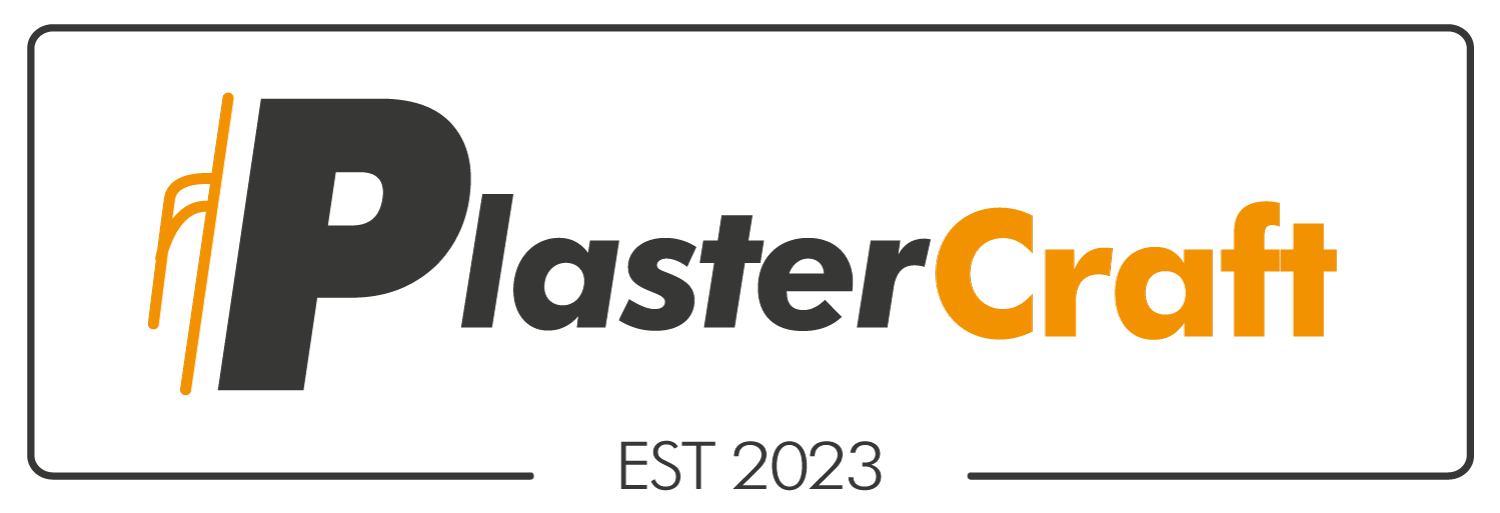
Skimming
Skimming is a technique used to finish and smooth out rough or uneven surfaces, such as walls and ceilings. This process involves the application of a thin layer of plaster to the surface, which is then smoothed out using a trowel. The result is a smooth, flat, and seamless finish that is ready to be painted, wallpapered, or tiled. Skimming is often used in renovation projects where the existing surface is in poor condition or needs to be updated. This process is performed by skilled plasterers who have the experience and tools necessary to produce a flawless finish. With plastering skimming, you can achieve a professional-looking result that will last for years to come.
.jpg)
Plasterboarding
Plasterboarding is a building method that involves attaching plasterboard to the interior walls and ceiling of a structure to create smooth, flat surfaces that can be finished with jointing compound or plaster. The boards are made of gypsum plaster sandwiched between two sheets of paper and can be cut to size and fitted into place.

Cement Rendering
Sand and cement rendering is a traditional method for applying a finishing coat to exterior or interior walls. It involves mixing sand, cement, and water to create a thick paste, which is then applied to the wall surface in thin layers. The render is usually smoothed out with a trowel or float to create a uniform surface and then left to cure. This process provides a durable and long-lasting finish that is resistant to weather and environmental damage. Sand and cement rendering is a cost-effective solution for improving the appearance of a building

Silicone Render
Silicone rendering is a professional process used for exterior wall finishes. It involves applying a specialized silicone-based render mixture to the wall, which creates a protective and decorative finish. The silicone render has superior water resistance and durability compared to traditional cement-based render, making it ideal for use in harsh weather conditions and high moisture areas. The silicone render is typically applied in a thin layer and can be textured or smoothed to match the desired finish.

Microcement
Microcement rendering offers numerous design options, including custom colors, textures, and finishes that can be tailored to meet specific aesthetic requirements. This system is often used to enhance the look of contemporary homes, retail spaces, restaurants, hotels, and other commercial and residential buildings. The final result is a modern and sophisticated surface that is both functional and aesthetically pleasing. The material is highly resistant to water, UV light, and heat, making it ideal for use in areas with high moisture levels and extreme temperatures.

Venetian Plaster
Venetian Plastering is a highly specialized form of decorative plastering that requires the skilled hand of a trained professional. This type of rendering is characterized by its smooth, polished finish and subtle variations in texture, which are created by using fine marble dust in the plaster mixture. Venetian plaster is typically applied in multiple thin layers, with each layer being carefully trowelled and polished to create a smooth and uniform surface.

Renovation Projects
Renovation projects involve updating and modernizing existing buildings to improve their functionality, appearance, and energy efficiency. This type of project can range from simple cosmetic upgrades, such as repainting and installing new fixtures, to more extensive renovations, such as adding rooms, changing the floor plan, and updating the electrical and plumbing systems. Renovation projects typically require careful planning, attention to detail, and a professional approach to ensure that the work is completed to the highest standard. The process typically involves assessing the current state of the building, developing a design and budget, obtaining the necessary permits and approvals, and carrying out the work, which may involve demolition, construction, and finishing work.

New Build Projects
A new build project refers to the construction of a new structure, typically a residential or commercial building, from the ground up. This type of project involves our team of professionals including architects, engineers, construction managers, and contractors who work together to design, plan, and construct the building. The process begins with the development of a concept and design, which is then reviewed and approved by the relevant authorities. Next, construction plans are created, materials and labor are procured, and the actual construction takes place. Throughout the process, the team ensures that all work is done in accordance with local building codes and regulations, as well as budget and timeline constraints. Upon completion, the building is inspected and, if approved, occupied. The success of a new build project depends on the expertise and collaboration of all members of the team, as well as effective project management.

Kitchen Installation
Kitchen installation projects involve the planning, design, and installation of a kitchen in a residential or commercial space. This includes the selection of cabinets, countertops, appliances, lighting, and flooring, as well as the layout and arrangement of the kitchen components. A professional kitchen installation project typically begins with a consultation to assess the client's needs and preferences, followed by the design and planning phase. This involves creating a detailed floor plan, selecting materials and finishes, and ensuring that all components of the kitchen meet local building codes and regulations. Once the design and planning phase is complete, the kitchen installation begins. This typically involves the removal of any existing kitchen components, installation of new cabinets and countertops, and the installation of appliances, lighting, and flooring. Our team will also handle all necessary electrical and plumbing work to ensure that the kitchen is fully functional. In addition to the physical installation, a professional kitchen installation project also includes final clean up, site inspection, and final walk-through with the client to ensure complete satisfaction
